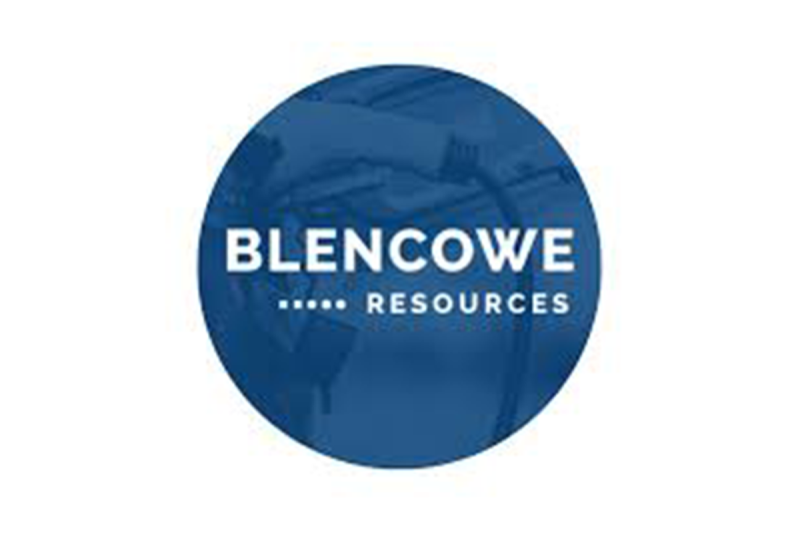
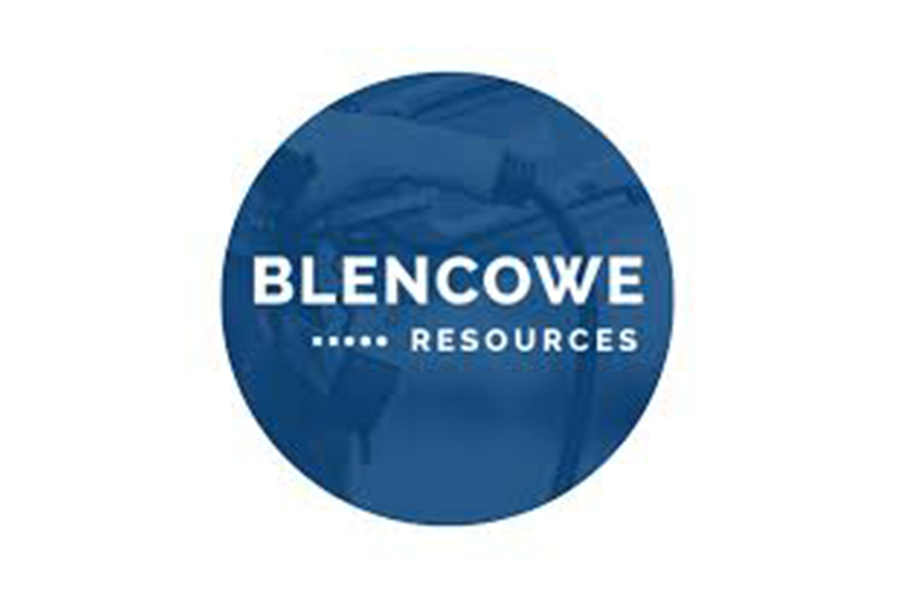
Blencowe Resources Plc is pleased to announce the signing of an additional non-binding Memorandum of Understanding (‘MOU’) for natural medium flake concentrate offtake from its Orom-Cross Graphite Project. The offtake agreement is with Yunasko Ltd. (‘Yunasko’), an advanced technology company headquartered in London and Kyiv, and a recognised leader in energy storage and ultracapacitor technologies used across next generation industrial and defence applications.
This new MOU follows recent Blencowe senior management engagements in the United States and Europe and reflects the strong response to ongoing successful test work confirming the consistently high-quality of product from Orom-Cross graphite.
Highlights:
- Non-binding five-year MOU with Yunasko for five years to supply of an initial 500 tonnes per annum of purified medium flake graphite.
- Yunasko is a leading innovator in advanced supercapacitor energy systems serving high-specification energy storage and defence markets.
- Pricing to be agreed under a formal binding agreement within 24 months.
- Blencowe continues to progress positive discussions with multiple OEMs and strategic downstream users engaged during recent US and European marketing initiatives.
The Yunasko MOU covers a niche, high-value component of the Company’s medium flake (+100 mesh) graphite output during the first five years of production. Yunasko’s initial 500 tonnes per annum requirement is anticipated to increase as the commercial relationship matures.
The product will be further upgraded in Chicago, USA by Blencowe’s US technology partner, American Energy Technology Co. (‘AETC’), enabling Yunasko to purchase a premium-grade materials.
Blencowe is also advancing discussions in the United States with additional OEMs and leading downstream processors for both large flake products and smaller flake categories. Several Groups are currently undertaking qualification test work on Orom-Cross material, and the Company anticipates further MOUs to be concluded as these programmes advance. Market engagement remains strong, and the Company is progressing discussions with additional potential offtakers worldwide as it builds toward a diversified suite of sales agreements ahead of first production.
Executive Chairman Cameron Pearce commented:
‘We are pleased to add a further high-quality European offtaker to our growing portfolio particularly one operating at the forefront of energy storage innovation. Supercapacitor applications require exceptionally consistent, high-grade material and Orom-Cross, supported by AETC’s purification capabilities, is ideally suited to meet this demand.’
‘Our graphite is currently undergoing evaluation with a broad range of international end users, and we remain confident of additional offtake agreements following as these programmes progress. Purified material attracts significantly higher pricing than standard concentrates and these higher value customers provide both market credibility and a meaningful uplift on our weighted average selling price.’
Yunasko Executive Chairman Yurii Maletin commented:
‘We are pleased to be working with Blencowe Resources to receive high-quality purified graphite from Orom-Cross natural resource for integration into Yunasko’s next-generation energy storage systems. Our testing, together with American Energy Technology Co.’s purification and downstream processing work, confirms that Orom-Cross provides material of particularly high suitability for these advanced applications.
Yunasko, a leader in high-power ultracapacitor and hybrid energy storage technologies, is driving meaningful innovation in the global energy storage market by delivering faster-charging, longer-life and higher-efficiency solutions. The use of premium purified graphite will further strengthen Yunasko’s ability to develop cutting-edge systems, and we look forward to a long and productive relationship as Blencowe moves towards first production.’
For further information please contact:
|
Blencowe Resources Plc Sam Quinn |
www.blencoweresourcesplc.com Tel: +44 (0)1624 681 250 info@blencoweresourcesplc.com |
|
Investor Relations Sasha Sethi |
Tel: +44 (0) 7891 677 441 sasha.sethi@blencoweresources.com |
|
Tavira Financial Jonathan Evans |
Tel: +44 (0)20 3192 1733 jonathan.evans@tavira.group |
Twitter https://twitter.com/BlencoweRes
LinkedIn https://www.linkedin.com/company/72382491/admin/
Background
Orom-Cross Graphite Project
Orom-Cross is a potential world class graphite project both by size and end-product quality, with a high component of more valuable larger flakes within the deposit.
A 21-year Mining Licence for the project was issued by the Ugandan Government in 2019 following extensive historical work on the deposit and Blencowe has moved into the Definitive Feasibility Study phase as it drives towards first production.
Orom-Cross presents as a large, shallow open-pitable deposit, with a maiden JORC Indicated & Inferred Mineral Resource deposit of 24.5Mt @ 6.0% Total Graphite Content. Development of the resource is expected to benefit from a low strip ratio and free dig operations, thereby ensuring lower operating and capital costs.
Yunasko Ltd
Yunasko is a leading developer of high-power energy storage technologies, operating in the United Kingdom and Ukraine. The company specializes in advanced ultracapacitors and hybrid systems that combine the advantages of ultracapacitors with lithium-ion batteries. Yunasko’s proprietary technologies are built around exceptionally low internal resistance, enabling very high power density, minimal heat generation, extended cycle life, and enhanced operational safety.
Yunasko’s performance advantages have been validated by numerous international partners and independent experts, including PSA Group (France), JME Inc., Wayne State University, a U.S. Department of Defense Tier 1 supplier, and MOOG (USA). The company continues to advance next-generation high-power modules for automotive, industrial, grid, and defense applications, positioning itself at the forefront of the rapidly evolving global energy storage market.
American Energy Technologies Company (AETC)
AETC is a woman-owned, privately held business which conducts operations out of the greater Chicago area. In its Wheeling, IL facility, AETC operates three business units: a manufacturing plant making battery-ready graphite and carbon materials, a pilot demonstration facility for battery materials and graphite dispersions, and a fully functional applications laboratory supporting the above business units. Currently, AETC is one of only three organizations which commercially manufacture lithium-ion battery-ready graphite in the United States. Furthermore, AETC’s Wheeling, IL plant is currently the only industrial end-to-end commercial manufacturer of spherical purified surface coated natural graphite in the US. In doing so, the company develops and operates an upstream ore beneficiation, unique refining, particle spheroidization, and carbon coating technologies. AETC is both developing and producing spherical graphite (natural and synthetic), expanded graphite, partially graphitized nanostructured carbons, ultra-high purity graphite-based electrically conductive inks, paints, and coatings which find use within the industry. AETC is a proud supply chain member of electric vehicles and an approved supplier to twelve battery manufacturers and one fuel cell producer. For more information you can visit: https://www.usaenergytech.com/news
Source

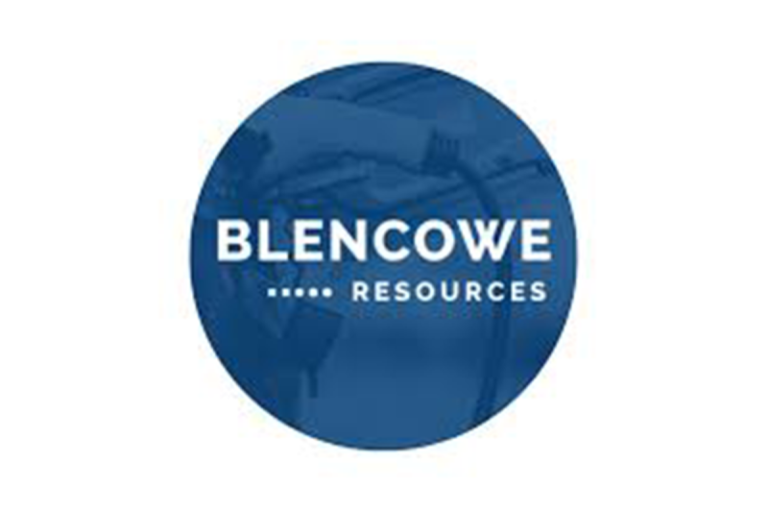
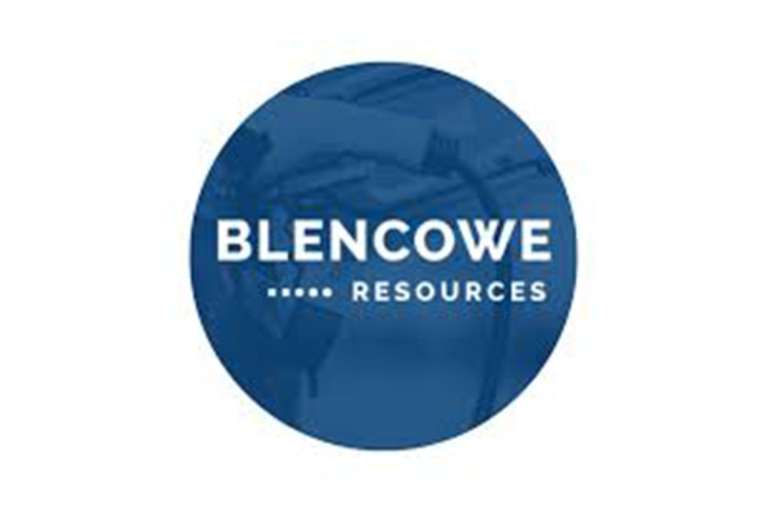
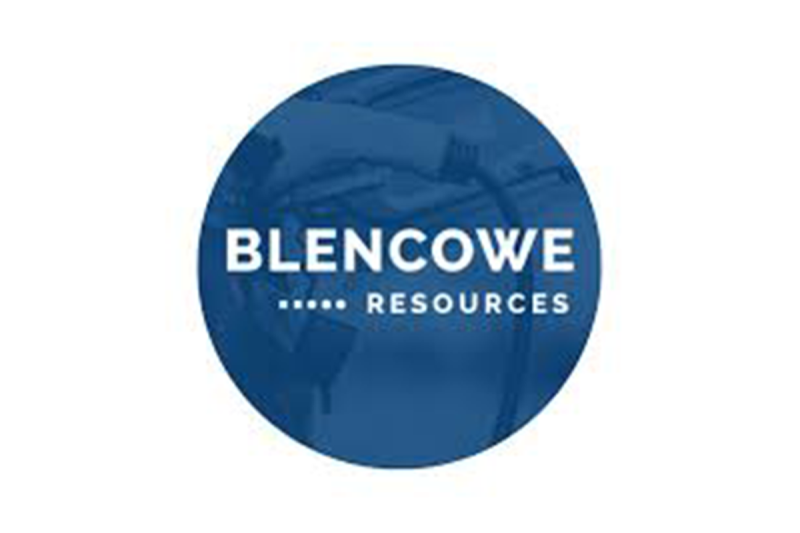
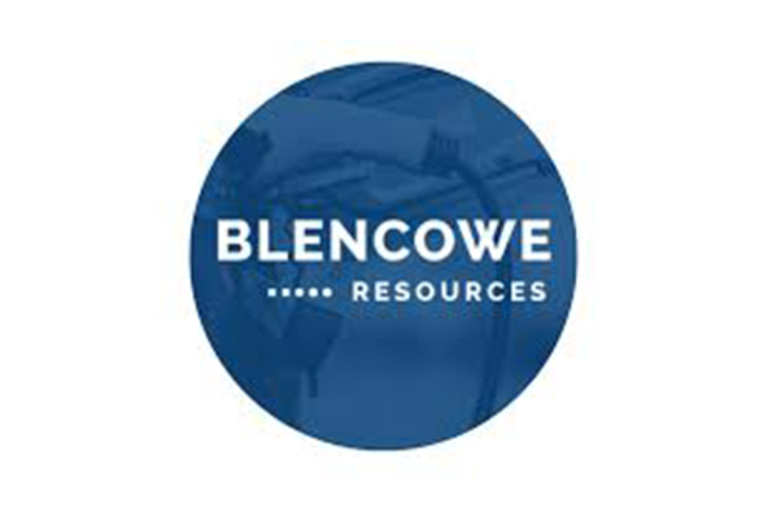
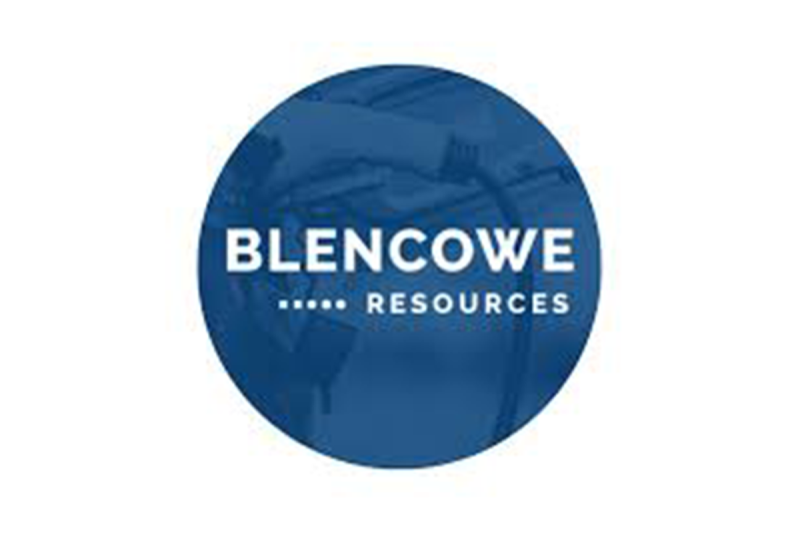
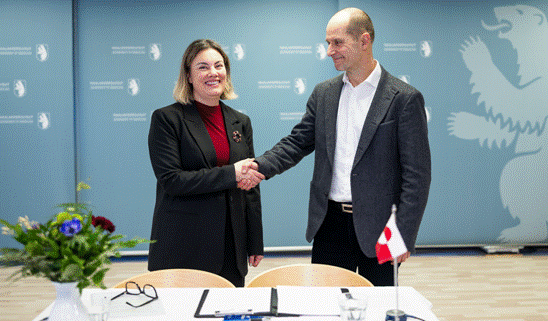

 , an independent platform which provides sustainability assessments for the mining industry. In October 2025, GreenRoc signed a binding secured loan facility for EUR 5.2 million from the Export and Investment Fund of Denmark (‘EIFO‘), for the financing of the Company’s work programme.
, an independent platform which provides sustainability assessments for the mining industry. In October 2025, GreenRoc signed a binding secured loan facility for EUR 5.2 million from the Export and Investment Fund of Denmark (‘EIFO‘), for the financing of the Company’s work programme.

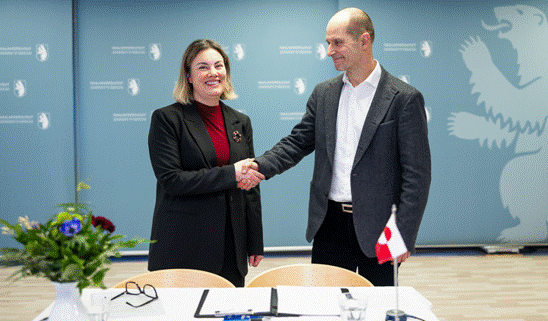
 , an independent platform which provides sustainability assessments for the mining industry. In October 2025, GreenRoc signed a binding secured loan facility for EUR 5.2 million from the Export and Investment Fund of Denmark (‘EIFO‘), for the financing of the Company’s work programme.
, an independent platform which provides sustainability assessments for the mining industry. In October 2025, GreenRoc signed a binding secured loan facility for EUR 5.2 million from the Export and Investment Fund of Denmark (‘EIFO‘), for the financing of the Company’s work programme.





